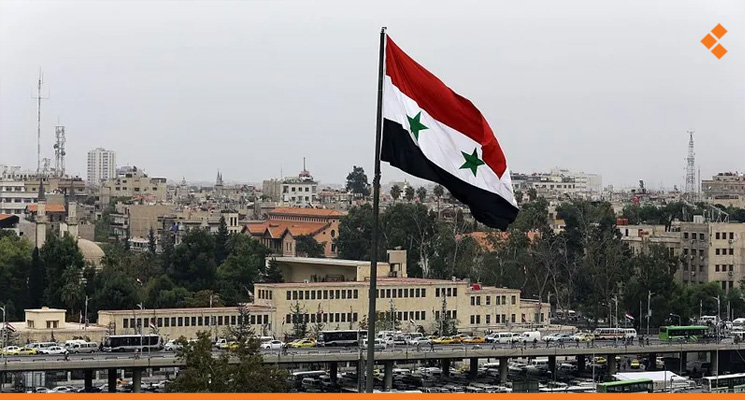Over the past months, Damascus has made significant strides in various political endeavours. These advancements include improved relations with Arab nations, a pathway to Syrian-Turkish reconciliation, and a revitalized role in both Arab and international events. However, the positive outcomes of these achievements have not been translated into improvements in the Syrian population’s living conditions. Instead, the country’s economy has further deteriorated, and political processes have stalled, including vital economic support initiatives.
Fayez Sarah, a prominent Syrian writer and politician, recently characterized Syria’s situation as “the darkest” since the onset of the Syrian conflict. In an op-ed published by Asharq al-Awsat, Sarah pointed out that a combination of internal and external factors has contributed to this bleak scenario. The complexity of the situation has made finding solutions and a way out more challenging than ever before. External factors, notably the lack of international will to pursue solutions, have hindered progress. Even initiatives that emerged last year have regressed.
U.S. Congressional Delegation Visits Opposition Faction-controlled Areas
Journalist Hussein Ibrahim, in an article for the Lebanese newspaper al-Akhbar, analyzed US actions in the region. He asserted that Washington and its allies are attempting to leverage the Syrian arena. This is evident in their diverse approaches, including recent military activities in the Badia region and efforts to discourage countries like Saudi Arabia and the UAE from engaging with Damascus, particularly in terms of the aid they had promised, such as the $5 billion from Riyadh. These measures are aimed at reinvigorating the opposition that had remained dormant for years.
Nonetheless, Ibrahim dismissed the notion of these complications escalating into a full-scale military operation. He argued that several factors suggest that the US is not seeking a major war against Damascus and its allies, like Iran. Rather, they aim to secure concessions and avoid direct confrontation. Many confrontation zones between the two sides are relatively calm, with Iraq serving as a prime example. Additionally, the ongoing demonstrations and their dynamics differ significantly from those seen twelve years ago. Notably, the current wave of demonstrations began in the Suweida governorate, which had not been involved in the previous conflict. Similar circumstances apply to certain areas of Latakia.
In a parallel perspective, Dr. Khayyam al-Zoubi, writing for Rai Al-Youm, contends that Syria is currently a manifestation of the international and regional power play. This intricate game, orchestrated by the US and its allies, seeks to reshape Syria’s situation according to their interests and ambitions. This pursuit is driven by America’s quest to realize its strategies and goals through various tools operating within Syria.
Amidst these developments, Syrian political efforts have hit a standstill. Initiatives such as Syrian-Turkish reconciliation, Arab rapprochement with Syria, and the implementation of the Amman Agreement have all encountered hurdles. Concurrently, the country’s economic and living conditions have worsened.
This article was translated and edited by The Syrian Observer. The Syrian Observer has not verified the content of this story. Responsibility for the information and views set out in this article lies entirely with the author.


